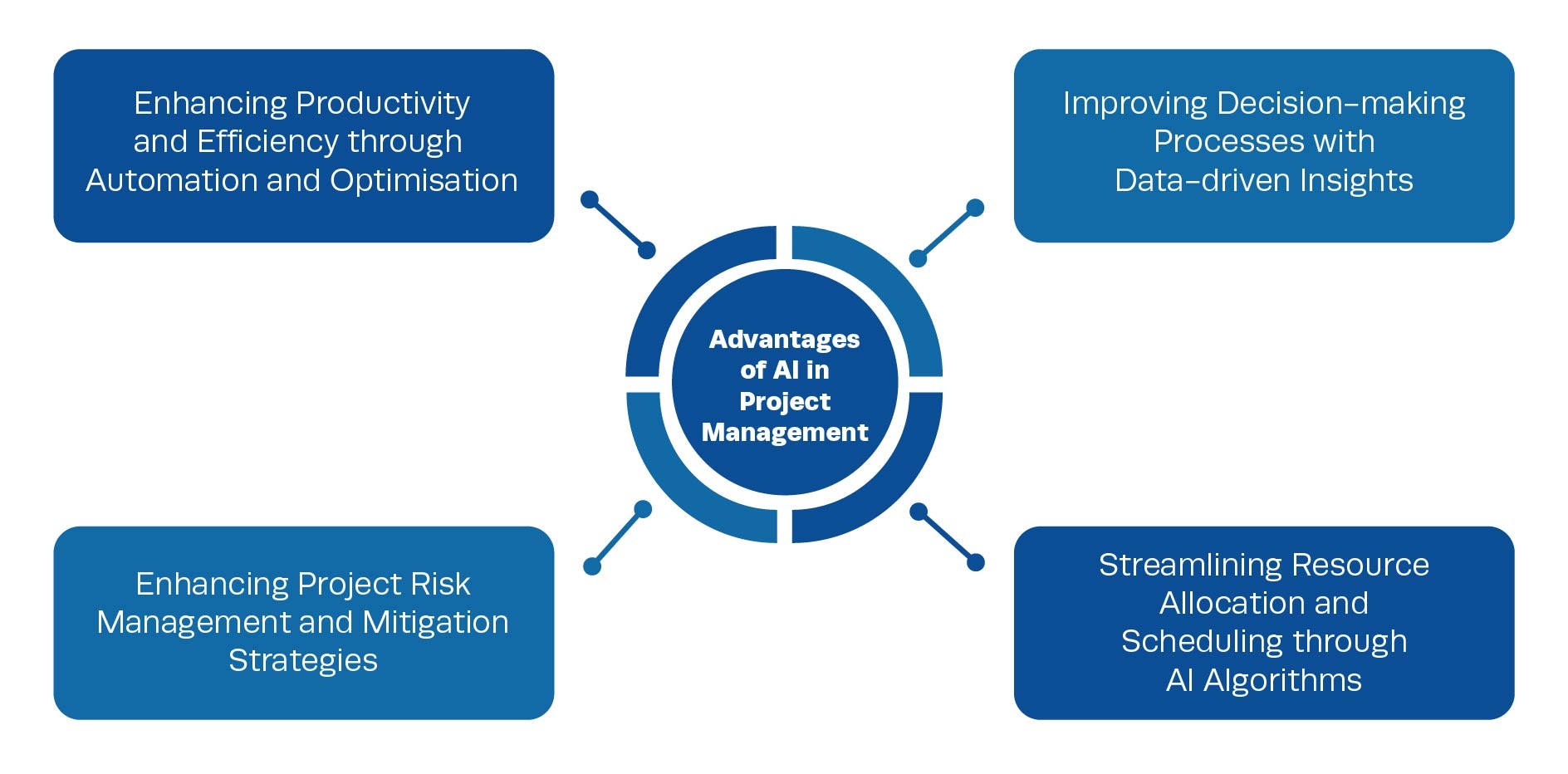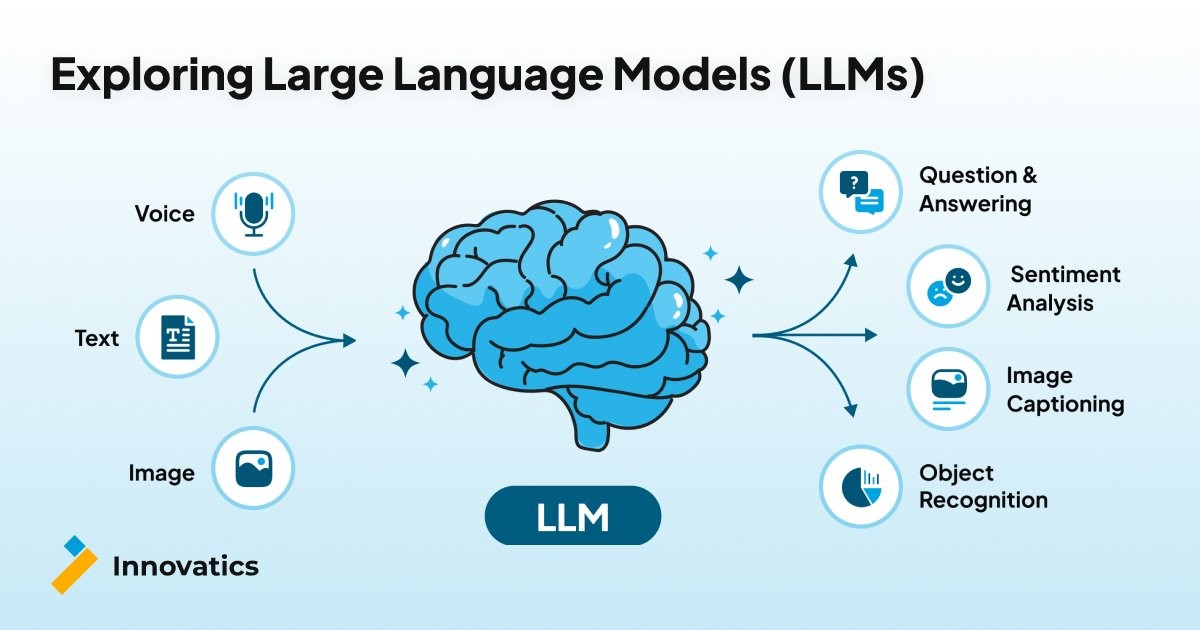The fast growth in the urban population has resulted in a significant increase in municipal solid waste generation, with critical environmental and economic impacts. As a result, efficient waste collection and disposal has become a big challenge for many large cities due to limited vehicles, the enormous use of vehicles, increased road traffic, and labor intensity of the work in the transportation and collection process. Accordingly, the efficient management of municipal solid waste collection and transportation is one of the major concerns in the municipal solid waste management systems because the existing municipal solid waste management systems suffer from high collection and transportation costs. Typically, 50–80% of the municipal solid waste management budget is assigned to collection costs represent. On the other hand, one-third of waste management revenue is obtained from landfill disposals and two-thirds of its revenue is obtained from waste collection services. Therefore, since most of the revenue comes from waste collection, increasing the efficiency of waste collection operations improves the bottom line.

The transportation and waste collection problems are one of the most complex problems in waste management systems. This complexity is due to the fact that municipal solid waste management is a multidisciplinary activity that includes generation, source separation, storage, collection, transfer, transportation, processing, recovery, and disposal. Therefore, efficient waste collection and transportation Planning requires the consideration of many factors, including but not limited to vehicle capacity, city layout, traffic conditions, and drivers’ availability. Because of the high complexity of transportation and waste collection problems and the importance of reducing costs by more efficient waste collection and transportation planning, municipal authorities must use advanced planning tools that are equipped with state-of-the-art technologies to reach maximum productivity and cost reduction.
The good news is that Mathematical Optimization can optimize and automate the decision-making process for different aspects of waste management systems, leading to the best transportation and collection plans that result in the minimum cost and maximum service level. Mathematical Optimization, also known as Mathematical Programming, is a powerful prescriptive analytics methodology that enables decision-makers to instantly identify the best decision out of a large number of alternatives (e.g., millions of possible decisions) that leads to the best possible result according to prespecified criteria such as profitability, service level, resource utilization, etc. Mathematical Optimization includes mathematical modeling methods that capture the key features of a complex business problem including business rules, objectives, and decisions as data-driven mathematical models. Optimization models are solved by optimization solvers, which are powerful computational engines that read them and then deliver the best decision, also known as the optimal solution. Mathematical Optimization has many advantages including but not limited to considering interdependencies of complex systems, supporting what-if scenario analysis, avoiding personal bias, and significant flexibility in constantly changing business environments. In what follows, we will introduce some of the most important use cases of Mathematical Optimization in municipal solid waste management.

Optimization models and algorithms can be applied to the collection, transfer, and transportation of solid waste from any waste generation sources, such as households, markets, institutions, and offices, to the processing plant or landfill site. For example, different waste sources are scattered throughout the city in a heterogeneous way which increases waste collection and transportation costs in the waste management system. Therefore, the shortest waste collection strategy can effectively decrease waste collection and transportation costs. For this purpose, Optimization models and algorithms can propose optimal municipal solid waste collection and transportation plans that focus on minimizing the length of each waste collection and transportation route. To that end, the whole integrated waste management system should be divided into the four following parts: (1) Collection of segregated solid waste from various sources and conveyed waste to the nearest collection center; (2) transferring the accumulated solid waste from the collection center to the adjoining transfer station; (3) transporting the segregated solid waste from the transfer station to a nearby categorized waste processing plant; (4) transferring the produced waste from processing plant to the nearest landfill site. As each part contains a huge amount of cost for waste collection or waste material transportation, optimization models and algorithms can optimize the transportation cost of each part of the system. Therefore, the total waste management cost for the whole system is minimized. It is worth mentioning that a shorter route means fewer miles traveled, lower fuel consumption, and reduced emissions. Thus, optimizing routes not only reduces costs but also reduces the environmental impact. Besides, Mathematical Optimization can optimize routes so that the number of empty miles of vehicles, i.e., the traveled miles when vehicles do not transport any wastes, is minimized.
In addition to finding the best (shortest) routes that lead to the minimum waste collection and transportation time and cost or minimum empty miles, some other key aspects of a waste management system such as vehicle and labor assignment and scheduling can be optimized by Mathematical Optimization. For instance, applying scheduling and assignment optimization models to vehicle planning and routing can minimize the number of vehicles required to serve all routes. In another example, scheduling and assignment optimization models can generate fair workforce schedules that distribute the workload as equally as possible between workers. Moreover, they can minimize the number of required workers to collect and transport wastes by assigning the workers to the shifts more efficiently. Therefore, these optimal workforce schedules can reduce labor costs significantly.
In brief, Mathematical Optimization can help solid waste management systems overcome their existing challenges and unlock next-level business growth. The waste collection and transportation planning tools that are equipped with advanced optimization models and algorithms can significantly reduce labor costs, fuel costs, planning and scheduling time, waste collection, and transportation time, to name but a few. Moreover, they enable managers to test various what-if scenarios, including suggested changes, to learn how they would affect the performance of their solid waste management system.











